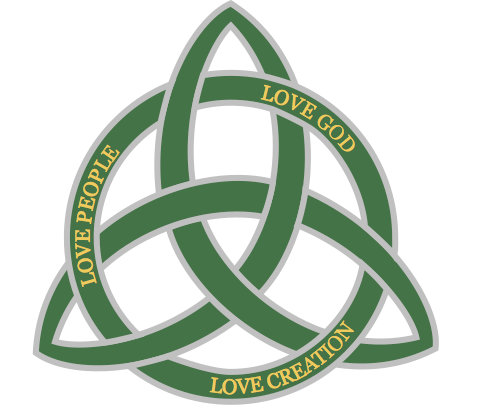The Richness of Sorrow
Drawing by: Casey Arden
By Andrea Lingle
A week later his disciples were again in the house, and Thomas was with them. Although the doors were shut, Jesus came and stood among them and said, “Peace be with you.” Then he said to Thomas, “Put your finger here and see my hands. Reach out your hand and put it in my side. Do not doubt but believe.” Thomas answered him, “My Lord and my God!” Jesus said to him, “Have you believed because you have seen me? Blessed are those who have not seen and yet have come to believe.”
John 20:26–29
Blessed are those who doubt, for they shall teach us how to search.
Blessed are those who doubt, for they shall reveal mystery.
Blessed are those who doubt, for they shall have to come to believe.
Thomas brushed his fingers over the twisted scar. Jesus’s skin prickled up with goosebumps. Thomas glanced up at Jesus’s eyes then let his gaze fall back to his side. He had been standing there, hand resting on Jesus’s side for longer than a moment. He had insisted that this is what it would take for him to believe, but, as he stood here, next to the man he had helped carry to a tomb, he felt silent.
It had taken hours to get rid of the stains and smell of death. By the end of the night the death stench had been mixed with the smell of his own sick. After they had left Jesus’s body on the stone bench, quickly shrouded against the approaching Sabbath, Thomas had crawled into the bushes and vomited until there was nothing but smears of gritty green ooze. The Sabbath had caught him there, too exhausted to move. He had listened to the night fall around the living and the dead with indifference. There was no difference.
Now he stood here, with his hand touching the happy ending, and wondered, numbly, if Jesus had heard him whimper that night. What do you do with resurrection? The funny thing was, it didn’t heal the hurt. Thomas didn’t feel celebration or conviction or, even, anger. Just silence.
What would this mean?
What would it ask of him?
Could he come to believe?
Thomas did come to believe if the stories are true. He left Jerusalem and wandered east, finding his way to India where he lived in such a way that his tomb was cared for by those who did not share his beliefs. To come to believe is a path through the deep waters. To come to believe is the long way ‘round. It is climbing the narrow, winding path, not to become wise, but because it is the path your feet are on. The way of doubt is difficult and lonely. It is sown with discomfort. It does not lead to certainty. It does not always even lead to belief.
But it will teach you one thing.
Belief is a state of becoming not being. It unfolds, probably just behind you—behind that curve in the road, just in the place you can no longer see. Coming to believe is a Pilgrim’s way. A matter of faith, stubbornness, and practice. Grace is not a lifting of the burden of doubt, grace is a fulfillment of the way of becoming: in doubt, in sorrow, in hope, in joy. It is richness born in the heart of those who mourn. It is depth gathered by those who have stumbled through shadow. It is the strength of the cedar grown on the mountainside who has lived its whole life pressed by the wind.
That is what it means to come to believe.

